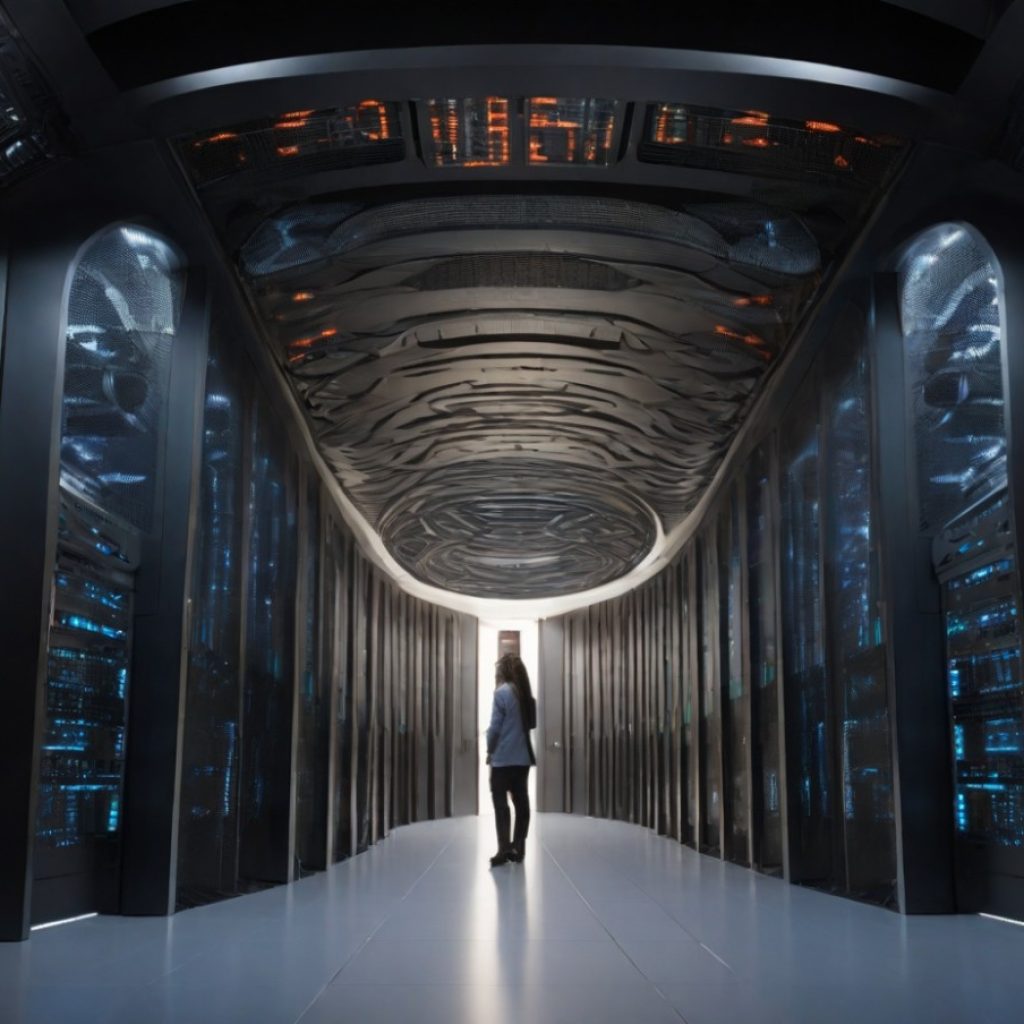As Artificial Intelligence (AI) continues to shape the modern workforce, older employees face unique challenges when adapting to this rapidly evolving technology.
The challenges faced by senior workers
Skills gap
One of the most prominent challenges older workers face is the skills gap. Many older employees may not possess the same level of digital proficiency as their younger counterparts. This can manifest as a lack of familiarity with AI tools, software, and digital platforms in today’s workplaces.
Reskilling needs
To remain competitive in an AI-dominated job market, older workers often need to embark on a journey of reskilling. Learning new skills and gaining proficiency in AI-related areas can be daunting for those in the workforce for many years.
Technological anxiety
Technological anxiety is another significant challenge. Some older workers may have reservations about embracing AI due to unfamiliarity, fear of displacement, or a perceived threat to their job security. This anxiety can hinder their willingness to engage with AI technologies.
Cultural shift
The introduction of AI in the workplace often necessitates a cultural shift. This shift can be particularly challenging for senior employees accustomed to traditional work environments. Adapting to a workplace where AI plays a significant role requires adjusting to new norms, processes, and working methods.
Bias and discrimination
Age-related biases can also come into play. AI systems may inadvertently perpetuate biases that impact older workers regarding hiring, promotions, or performance evaluations. This can create disparities in opportunities and treatment within the organization.
Strategies for effective adaptation
To address these challenges and ensure that older workers can successfully integrate into AI-driven workplaces, organizations can implement several strategies:
Tailored training programs
Offering tailored training programs that cater to the specific needs of older workers is crucial. These programs should be designed to build their digital literacy, introduce them to AI concepts, and provide hands-on experience with AI tools. Such training can help bridge the skills gap and reduce technological anxiety.
Mentorship and peer support
Establishing mentorship programs where older workers can learn from younger colleagues or peers already proficient in AI can be highly beneficial. Peer support networks can provide a safe space for older employees to ask questions, seek guidance, and gain confidence in using AI technologies.
Inclusive AI development
To combat bias and discrimination, organizations should prioritize inclusive AI development. This involves regularly auditing AI systems for biases, ensuring diverse representation in AI development teams, and implementing fairness and transparency measures in AI algorithms. Organizations can create a more equitable workplace for all employees by addressing bias.
In the era of AI, organizations need to recognize the unique challenges that older workers face while adapting to this technology. Bridging the skills gap, providing tailored training, and fostering a culture of inclusivity are vital steps in ensuring that senior employees can thrive in AI-driven workplaces. By addressing these challenges head-on and implementing strategies to support older workers, organizations can harness the experience and expertise of their senior workforce while embracing the benefits of AI technology.
Older workers adapting to AI face challenges related to skills, reskilling, technological anxiety, cultural shifts, and biases. To facilitate their adaptation, organizations should offer tailored training and mentorship programs and prioritize inclusive AI development to create a more equitable work environment for all employees. The successful integration of older workers into the AI-driven workplace is not only beneficial for individuals but also for organizations seeking to tap into their valuable experience.





